Video: Biomimicry – Discovery World
Filed under: e-Videos | Comments Off on Video: Biomimicry – Discovery World
Tags: Biomimicry
Filed under: e-Videos | Comments Off on Video: Biomimicry – Discovery World
Tags: Biomimicry
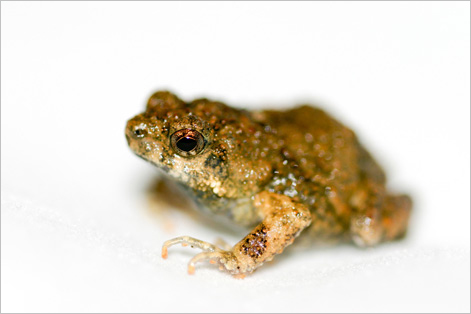
Who would have thought that frogs would inspire engineers to create new biofuels? Well, the Tungara frog, which resides in Central America, seems to have done just that.
The Tungara frog creates very long-lived foam nests for its newborn tadpoles. Engineers from University of Cincinnati, in yet another example of biomimicry, found the frogs’ design inspirational and helpful in constructing an innovative artificial photosynthetic foam.
Filed under: Chemical, e-News, Environmental, Materials | 2 Comments »
Tags: Biomimicry, Chemical, Environmental, Mechanical
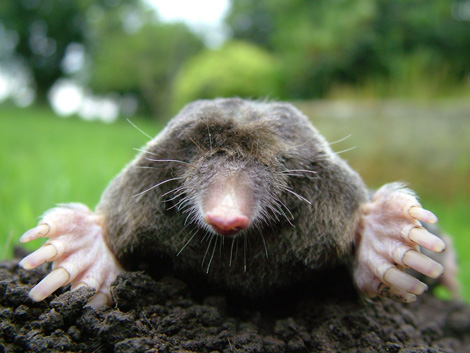
Along with the beaver, the gecko, honey bees and snapping shrimp, the mole has been nominated as “nature’s best engineer” by the British Science Association. Lots of animals have evolved to be able to do extraordinary things, and the mole is no exception. Moles are expert burrowers, and can create vast underground networks despite being nearly blind. They are also deadly predators: the star-nosed mole can find, catch and eat food in less than 300 milliseconds (that’s faster than the human eye can detect!).
Filed under: e-News | 1 Comment »
Tags: Biomimicry
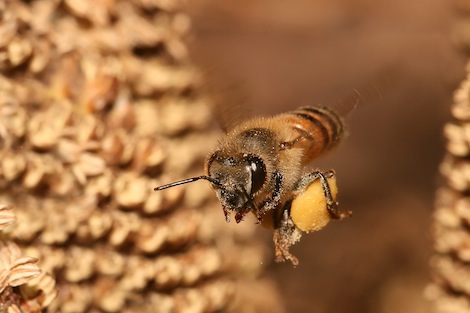
Researchers from the Materials Science and Engineering branch of CSIRO (the Commonwealth Scientific and Industrial Research Organization) in Australia have found a way to artificially produce honeybee silk. Due to its heavily coiled protein structure, honeybee silk is even stronger than that produced by spiders and other insects. Potential uses for this new super silk range from textiles to lightweight composite materials for marine or aviation purposes to artificial ligaments. Now that’s the bees knees!
Filed under: Biomedical, e-News, Materials | 2 Comments »
Tags: Biomimicry, Materials
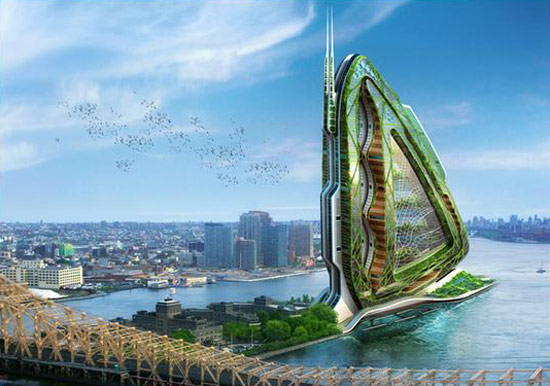
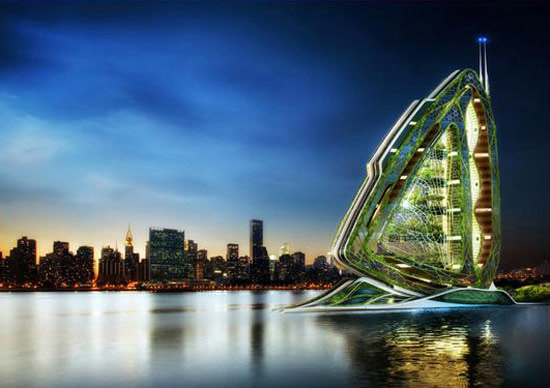
The future may look greener for New York City: Belgian firm Vincent Callebaut Architectures has designed a winged vertical farm for Roosevelt Island in NYC, called the Dragonfly. This funky, wind and solar-powered structure would stand over 600 meters (close to 2,000 feet) and house the equivalent of 28 agricultural fields. Read more here.
Filed under: Agricultural, Architectural, Civil, e-News | 5 Comments »
Tags: Agricultural, Architectural, Art, Biomimicry, Design, Energy, Environmental, Green Technology, renewable energy